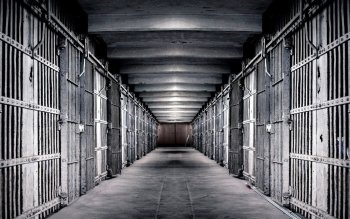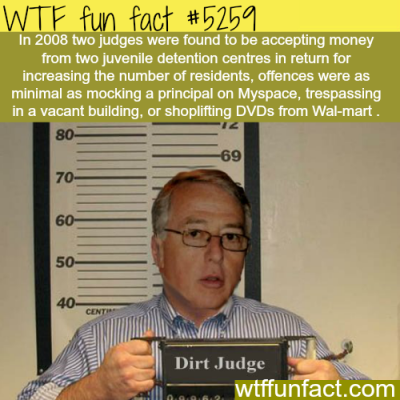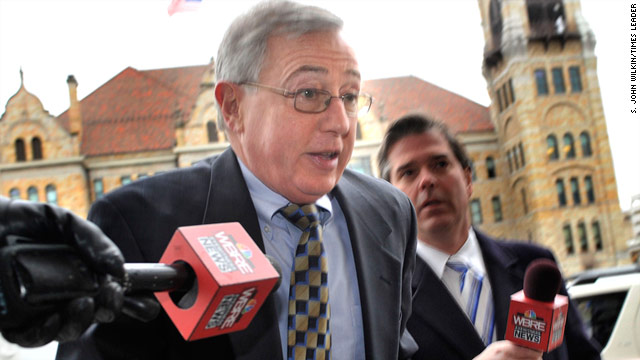The True Facts Behind Private Prisons
A private prison, or for-profit prison, is a place where people are imprisoned by a third party that is contracted by a government agency.

In the years between 1988 and 1997, the US prison population has expanded by a large amount which causes more prisons being built. Advocates believe that the reason why private prisons save more money than public prisons is because they are subject to fewer administrations. Private prisons can be built in just 18 months and are less expansive then public prisons. Public prisons can take almost two to three years to finish and it costs the government more tax payer’s money, officials believe that private prisons can test new incarceration philosophies without waiting for a long process of government officials approvals.
In just 2006, the largest prison in the U.S profited $2.3 million in just three months and constructed its whole year interest outlook by ten cents for each share. The growth of the private prison business has been skyrocketing, throughout our history, the government has had the Capability of the private prison lobby, the price for freedom and the Advocate fight towards social control. One of the reasons the United States prison population has grown is because of drugs, and as it increases they build more prisons. And another reason why the number of private prisons has increased is because there are more Americans incarcerated for nonviolent crimes.

From 1990 to 2010 private prisons have housed 119,000 prisoners, and as more private facilities are being constructed, the Corrections Corporate of America has made over $1.675 billion in just 2010 alone. In February 2011 one of the most fraudulent crimes including suspicious enterprises by a private prison operators occurred, when a judge in, Pennsylvania, juvenile court named Mark Ciavarella was brought to Justice on racketeering charges, the judge was getting paid by a private prison to sentence kids to severe punishments so that the private facility can be filled. Judge Ciavarella was sentenced to 28 years in prison for what he did, I feel like he deserved it because he ruined a lot of people’s lives, and he’s destroyed a lot of families, which is very heartbreaking.


The United States imprisonment rose from 501,886 2,228,400 in just 32 years, and at the same time the whole country’s population increased by 86.5 million, at least part of the United States makes up of nonviolent drug offenders that are imprisoned for long prison sentences, for a long time, the government has been seeking solutions such as Interdictions and litigations but it cannot improve prison conditions, although it would just make it worse. The expenses of transparency in private facilities, effective oversight and Accountability in corrections and many more topics, Tartaglia mentions that effective oversight is something that both public and private prisons go through, private prisons are more worried about accountability for contravention of prisoners’ rights and retrieve functional information.
Private prisons have left a bad record on not taking care of their staff’s, meaning their pays and benefits, private prisons had 4.7 inmates for each staff member and 7.1 prisoners for each prison guard back in 2005, and the state prisons average higher percentage than that, this shows the ICC how essential it is to make sure that they take care of their staff in order to proper Upholding security.
Work cited:
Antonuccio, Rachel C. B. “Prisons for profit: Do the social and political problems have a legal
solution?” Journal of corporation law, vol. 33, no. 2, 2008, pp. 557-593.
Proquest.https://search.proquest.com/docview /220767758
Brickner, Michael, and Shakyra Diaz. “Prisons for profit: Incarceration for sale.” Human Rights,
Vol. 38, no. 3, 2011, pp. 13-16. JSTOR.www.jstor.org/stable/23375625
Hadar, Aviram, “Are Private prisons to blame for mass incarceration and its evils? Prison
conditions, Neoliberalism, and public Choice”, 42 Fordham UrB. L.J. 411 (2014).
https://ir.lawnet.fordham.edu/ulj/vol42/iss2/2
Simon, Ellen. “Prisons for profit”. Human Rights, vol. 19, no. 2, 1992, pp. 22-25. JSTOR.www.jstor.org/stable/27879696
Tartaglia, Mike. “PRIVATE PRISONS, PRIVATE RECORDS.” Boston university law review,
Vol. 94, no. 5, 2014, pp. 1689-1744. Proquest https://search.proquest.com/docview/1626355719